This post may contain affiliate links. If you make a purchase by clicking on these links, I may earn a small commission at no extra cost to you. Read the disclaimer for more information.
This is day 19 to 24 of my 24 day trek through the Khumbu region of Nepal -> View all posts for this trek
I had been on the trail for nearly three weeks, trekking well over 200 kilometres over tough terrain and most of it at high altitude, often over 5000 metres, and now I was pretty exhausted. I had also just climbed Kala Pattar that morning to view Mount Everest at sunrise, so the lack of sleep didn’t help. However I had done everything that I had set out to do on this trek, and now it was time to go home.
I had a well earned breakfast at my teahouse in Gorak Shep before preparing for the rest of the day’s trek back down the Khumbu Valley. I retraced my steps back to Lobuche over the rocky trail traversing glacial moraines and then along the small valley squeezed between the mountains and the moraine of the Khumbu Glacier. Two baby yaks greeted me as I trekked into the village.

After a quick cup of tea in Lobuche I continued along the trail and back to the fork where the main Everest trail meets the trail from Dzongla, which I had followed three day’s prior after heading over the Cho La Pass from Gokyo. This time I took the left branch and continued along the main Everest trail, crossing a stream and making my way up the other side. This trail brought me to the Thok La Pass where scattered chortens mark the memorials for climbers who have lost their lives on the mountains of the Everest Region. This is the terminal moraine of the Khumbu Glacier and from here it is a zigzagging trail down to Duglha, where I passed lots of trekkers making the hard slog up. This is a critical point of the Everest Base Camp trail and where most people start to really feel the altitude, and where many have to turn around. I remember it well from my first trek several years ago. In Duglha I stopped for lunch and was considering stopping for the night, but after a decent rest I decided to continue on.

The trail was mostly flat and comfortable to Dingboche with stunning views across the valley with ice capped peaks all around. It was stunning scenery, but I was glad to reach the ridge above Dingboche, where I could see the village in the valley below sitting beneath the majestic peak of Ama Dablam. I was treated to a magical sunset that evening, the setting sun casting an orange and pink glow across the clouds and mountain peaks.



I slept well that night, partly due to exhaustion, but also because my body was loving the lower altitude – Dingboche is situated nearly 1000 metres below Gorak Shep. Today’s trek took me along more familiar ground, following beside the Imja Khola all of the way to Pangboche, where I stopped for a cup of tea and made friends with some local kids. It was an enjoyable morning’s trek along mostly flat ground, but from Pangboche I had to slowly drop down into the valley below to cross the Imja Khola, where I crossed the rushing white water via a temporary bridge made from random pieces of wood. The actual bridge, which crossed higher up, was half in the river after the rock securing it to the cliff face above had collapsed during the earthquake.



From here I had to put my tired legs into climbing mode again to ascend up the opposite side of the valley, trekking through a peaceful forest of pine and rhododendrons. I reached Tengboche in time for lunch, and that afternoon I visited the Monastery again where I sat and listened to the monks reciting their prayers.
I remember the trek up to Tengboche from my first trek several years ago. From Namche, the trail drops down into the deep valley of the Dudh Kosi, before a very long zigzagging climb up to Tengboche. The trek in the opposite direction is a little easier as the climb on the Namche side isn’t as long, plus I was now well acclimatised. The dusty, zigzagging path down into the valley was a pleasant morning’s walk and I spotted several musk deer along the way. I crossed the Dudh Kosi at Phunki Tenga and made my way up the other side. My body was loving all of the oxygen and I felt like I could skip up the mountain side. I made good time and eventually reached the point where the Gokyo trail branches off at Sanasa. I had now done a full circle around Cholatse and Taboche. I stopped again in Kyangjuma for a cup of tea and enjoyed the sunshine and the stunning mountain views. It was an easy walk along the fairly flat trail to Namche Bazaar, where I stopped for the night and visited the Namche Bakery for coffee and a cinnamon scroll.


Most people do the trek home from Namche to Lukla in one long day, but I had ended up with an extra day up my sleeve and could make the journey a more pleasant two day trek, or rather, two morning’s trek with an afternoon of resting. As such I had a sleep in and made my way out of Namche at around 8:30am, trekking back down the hill into the Dudh Kosi Valley, crossing the towering suspension bridge and then following the trail along the valley to Jorsale for a tea stop. It wasn’t long before I was in Phakding again for the night.

The following morning I made the final journey to Lukla, making it a relaxing morning walk through the villages of the valley. I reached Lukla in time for lunch, and found it strange that this was the first time I had been in Lukla on this trek. One thing is for sure, I was glad that I was flying out from here, and not making the long trek back to Jiri. It was an incredible trek, but my whole body was exhausted, and I was ready to go home. My pedometer read 347 kilometres and 485966 steps, but that doesn’t take into account the enormous altitude loss and gain along the way, which adds up to be higher that Mount Everest itself.

I got up at 5am the next morning for a very early breakfast and made the 10 minute trek to the airport. The weather was in my favour and my plane left on time at 7am, racing down the sloped runway and launching off the edge of the mountain before slowly rising up out of the valley, heading west to Kathmandu, the tall mountains visible to the north. For one final farewell, the plane shook and rattled from turbulence as it flew over the Lamjura La, that formidable pass reminding me of the tough terrain I had battled with, but won.
One thing is for sure, I know I will be back time and time again.


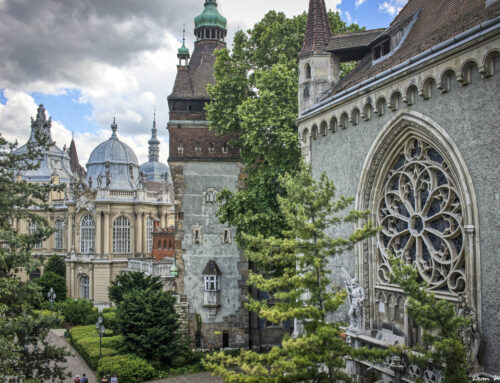
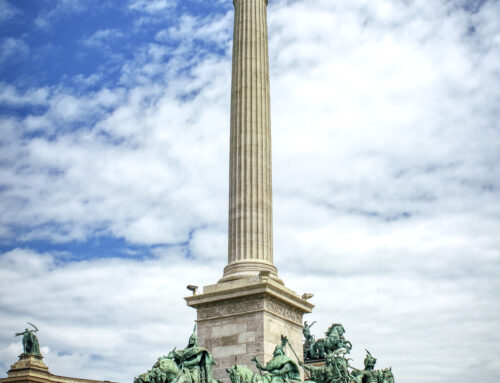
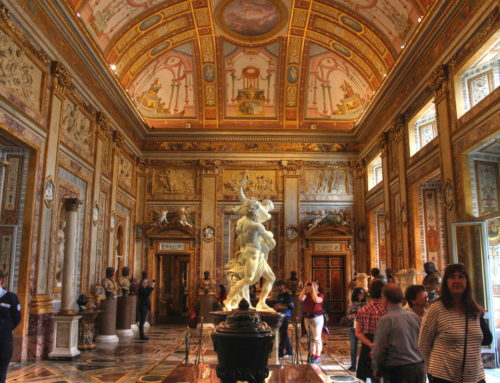
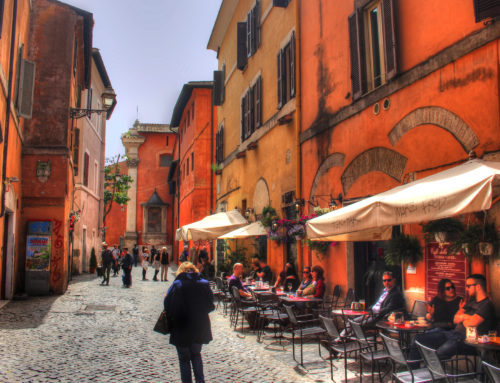
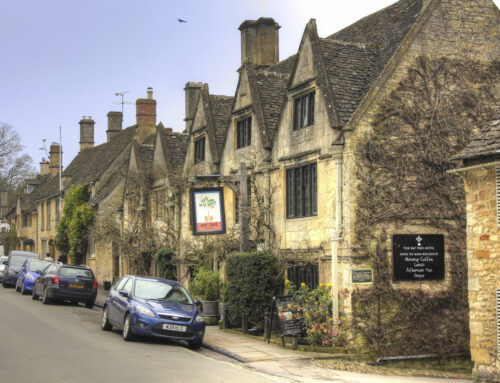
What an amazing trip, one of those ‘see before you die’ locations
Definitely one for the bucket list 🙂
Wonderful that is all I can say!!!!!!!!!!!!!!!!!!
Wonderful pics you shared. So enjoyable palce and it have so many good destination to visit. it is full with natural things and so stunning photos you shared of that place.
Man! You’ve taken so many cool hikes in Nepal! I’m so jealous! I’ve just did the Annapurna Base Camp, but looking at all these posts.. I really need to go back and explore other areas. I’d like to travel all the way from Nepal to Central Asia, maybe next year.. just hiking. It would be an epic trip.
Keep it up,
Miguel.
I’m rather addicted to hiking in Nepal. Can’t seem to get enough of it. Sounds like you may have a similar addiction 😉
Great blog and photos. Thank you. I will be doing the same route (starting from Lukla) at the end of March. What month did you do this trek? Trying to get a sense of the weather.
Easily the best blog I have read on EBC. Planning to go there next month with my teen sons!!
[…] seeing the beauty in the world, and the sense of achievement I get from climbing a mountain or finishing a trek. I live for all of these things and the feeling of freedom and accomplishment that it gives […]
[…] 2800m, you get spectacular views as soon as you get off of the plane. Lukla is surrounded by beautiful forested and snow capped mountains, and is the main starting point for […]